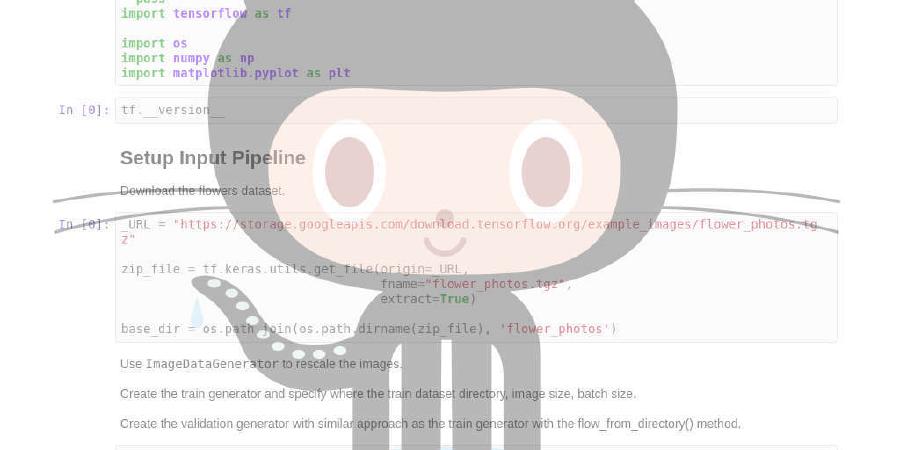Yuheng-Li/MixNMatch

Pytorch implementation of MixNMatch
| repo name | Yuheng-Li/MixNMatch |
| repo link | https://github.com/Yuheng-Li/MixNMatch |
| homepage | |
| language | Python |
| size (curr.) | 21172 kB |
| stars (curr.) | 699 |
| created | 2019-11-26 |
| license | |
MixNMatch: Multifactor Disentanglement and Encoding for Conditional Image Generation [Paper]
Yuheng Li, Krishna Kumar Singh, Utkarsh Ojha, Yong Jae Lee UC Davis In CVPR, 2020
1/31/2020 update: Code and models released.
Demo Video
This is our CVPR2020 presentation video link
Web Demo
For interactive web demo click here. This web demo is created by Yang Xue.
Requirements
- Linux
- Python 3.7
- Pytorch 1.3.1
- NVIDIA GPU + CUDA CuDNN
Getting started
Clone the repository
git clone https://github.com/Yuheng-Li/MixNMatch.git
cd MixNMatch
Setting up the data
Download the formatted CUB data from this link and extract it inside the data directory
Downloading pretrained models
Pretrained models for CUB, Dogs and Cars are available at this link. Download and extract them in the models directory.
Evaluating the model
In code
- Run
python eval.py --z path_to_pose_source_images --b path_to_bg_source_images --p path_to_shape_source_images --c path_to_color_source_images --out path_to_ourput --mode code_or_feature --models path_to_pretrained_models - For example
python eval.py --z pose/pose-1.png --b background/background-1.png --p shape/shape-1.png --c color/color.png --mode code --models ../models --out ./code-1.png- NOTE:(1) in feature mode pose source images will be ignored; (2) Generator, Encoder and Feature_extractor in models folder should be named as G.pth, E.pth and EX.pth
Training your own model
In code/config.py:
- Specify the dataset location in
DATA_DIR.- NOTE: If you wish to train this on your own (different) dataset, please make sure it is formatted in a way similar to the CUB dataset that we’ve provided.
- Specify the number of super and fine-grained categories that you wish for FineGAN to discover, in
SUPER_CATEGORIESandFINE_GRAINED_CATEGORIES. - For the first stage training run
python train_first_stage.py output_name - For the second stage training run
python train_second_stage.py output_name path_to_pretrained_G path_to_pretrained_E- NOTE: output will be in
output/output_name - NOTE:
path_to_pretrained_Gwill beoutput/output_name/Model/G_0.pth - NOTE:
path_to_pretrained_Ewill beoutput/output_name/Model/E_0.pth
- NOTE: output will be in
- For example
python train_second_stage.py Second_stage ../output/output_name/Model/G_0.pth ../output/output_name/Model/E_0.pth
Results
1. Extracting all factors from differnet real images to synthesize a new image
2. Comparison between the feature and code mode
3. Manipulating real images by varying a single factor
4. Inferring style from unseen data
| Cartoon -> image | Sketch -> image |
|---|---|
5. Converting a reference image according to a reference video
Citation
If you find this useful in your research, consider citing our work:
@inproceedings{li-cvpr2020,
title = {MixNMatch: Multifactor Disentanglement and Encoding for Conditional Image Generation},
author = {Yuheng Li and Krishna Kumar Singh and Utkarsh Ojha and Yong Jae Lee},
booktitle = {CVPR},
year = {2020}
}







